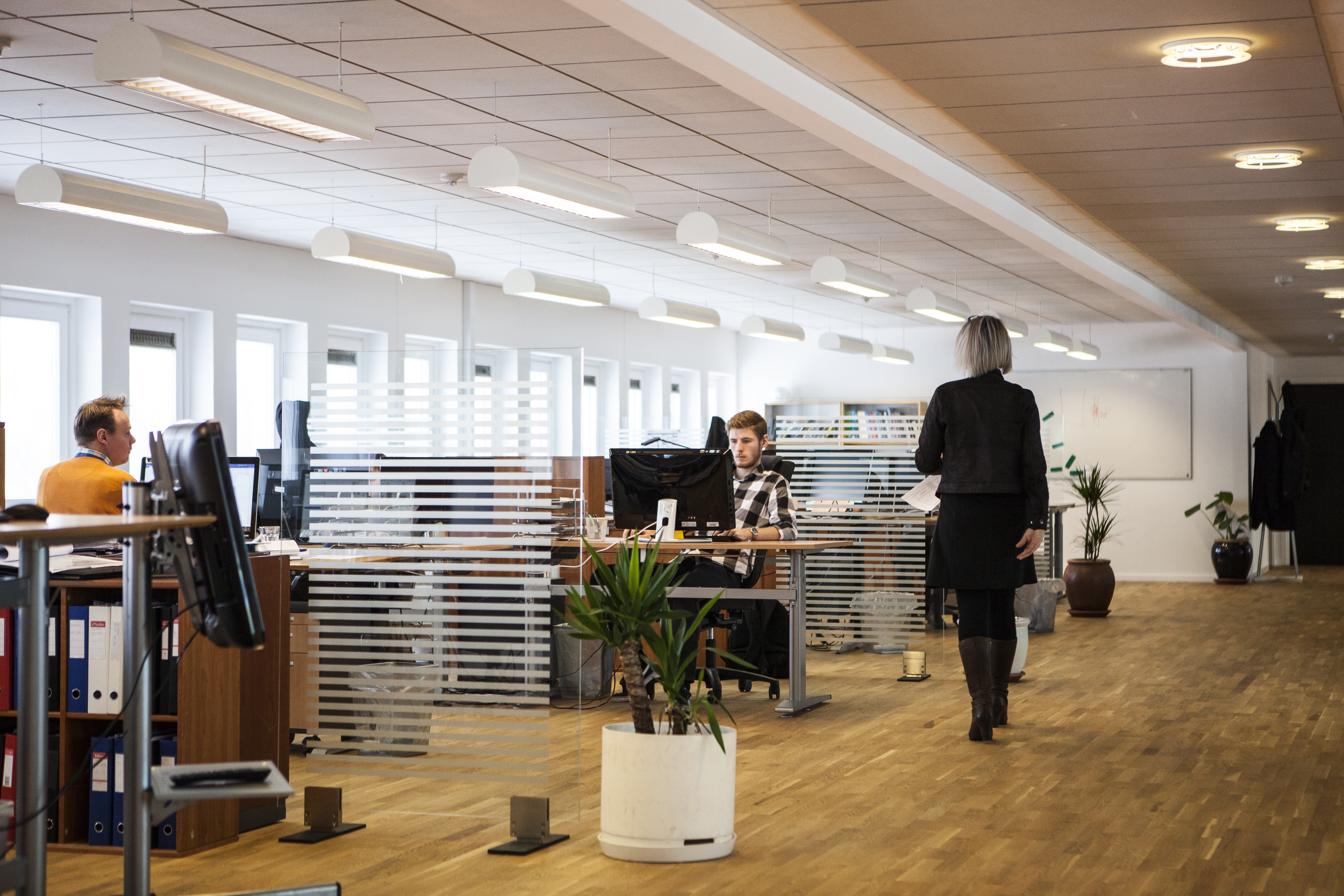Originally published in American City Business Journals
By David Levin
Don’t believe me? Google “office and boring” and sample some of the 11 million results.
One of those stories says the desire among millennials to live and work in trendy city neighborhoods is putting the traditional suburban office park at risk of becoming obsolete.
Some developers are fighting back: Consider the 3-D printed office in Dubai, made with a 20-foot-tall 3D printer and assembled in a matter of weeks, or Coros Quay in Toronto, which incorporates performance spaces connecting the offices with the community.
Commercial real estate firms that want their facilities to appeal to new and existing tenants don’t have to undertake such herculean efforts. Instead, incorporating display technology can reinvigorate the places where we work.
Getting it right requires a commercial real estate team that can deftly coordinate between many constituents — the anchor tenant, including managers from departments ranging from marketing to information technology, and the architects designing or renovating the building. Real estate firms that meet the challenge will have tenants that are more engaged and more loyal.
Commercial real estate firms should look to incorporate new display technology in four ways in their office buildings:
1. The lobby
Arriving at a corporate lobby can be intimidating, but video displays can make an imposing space welcoming, immersing the visitor in the brand and culture of the firm. Companies should use their lobbies to create a “wow” factor among visitors.
For example, anyone visiting PepsiCo’s headquarters in Purchase, New York, can learn about the history of the company at interactive touch screens and see honors for sales leaders. Video displays can also put visitors at ease — for example, by listing expected guests on a screen at their security check-in counter — or they can create interactive displays to allow customers to engage with products, or to display relevant business news.
The lobby of the Daimler Trucks North America’s headquarters in Portland, Oregon, has a 110-foot-long video wall displaying a timeline of products, company history and branding information. At the elevator bank, the experience continues with screens showing social media content and brand videos.
2. Meeting rooms
Anyone who has ever worked in an office knows the headache of booking a meeting room. That problem is easily solved by mounting interactive display panels outside every meeting room, allowing employees to instantly book a suitable room.
It’s an increasingly important issue, as fewer and fewer workers have assigned desks or their own offices. For example, at Deloitte’s office in Amsterdam, no employees have assigned desks or offices. So, booking a room with ease is a high priority.
Meeting-room sensors can track if no one enters a reserved room 15 minutes after a scheduled start time, releasing the space for others to use. Displays inside the room can allow employees to extend reservations or connect with support staff.
3. Employee communications
The best modern offices have display screens showing such information as the achievements of staff against their goals as well as fun, interactive community and social media information to boost employee engagement and help with performance management. Millennials and Gen Z workers — now the majority of the workforce — are particularly responsive to leaderboards that game-ify the office, making them feel like winners at work.
Offices with such displays are more appealing to tenants. That’s important, because only one-third of American workers are engaged at work, and only one in five feel motivated to do great work, according to Gallup’s annual State of the American Workforce report. Screens also give the building owner the ability to display emergency information, improving tenant feelings of safety and well-being.
4. Wayfinding
At many companies, having assigned offices or workstations is becoming a relic, replaced by “hoteling” or “ratio seating.” Many firms now have a ratio of one desk for every two staff, reflecting a changing culture where more employees enjoy flexible work arrangements and only come to the office when needed.
In this environment, dynamically updated directories — showing where people are sitting, their picture and directions to their current location — are vital for productivity. That’s especially true on campuses of 5,000 or 10,000 employees that are like cities.
Interactive panels can also show such things as what’s on the menu at the cafeteria and a calendar of events.
Interacting with screens to engage with information is something we do every day, from using Waze to find the best driving route to getting news on our phones. O ffices need to become more interactive, too, or they will lose tenants to facilities that are changing.
CBRE’s 2017 Americas Occupier Survey reveals that most real estate executives know that offices need a refresh — 86 percent are reinventing or adapting work spaces and 51 percent expect to change to a shared workplace environment in the coming year. Using display screens to make offices more interactive will be a vital part of those changes.
David Levin co-founded Four Winds Interactive in 2005 with a vision for how digital technology would transform the way businesses communicate and engage with their customers and employees. Today, FWI has 6,000 clients and more than 500,000 screens deployed. Prior to FWI, he co-founded Sage Circle, a software and consulting services firm, and was an associate at Denver-based venture capital firm Cornerstone Ventures.

